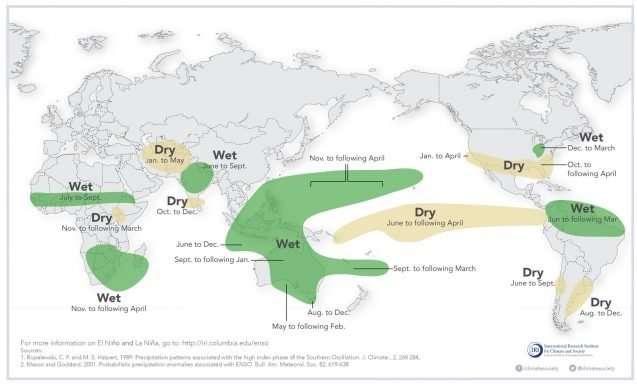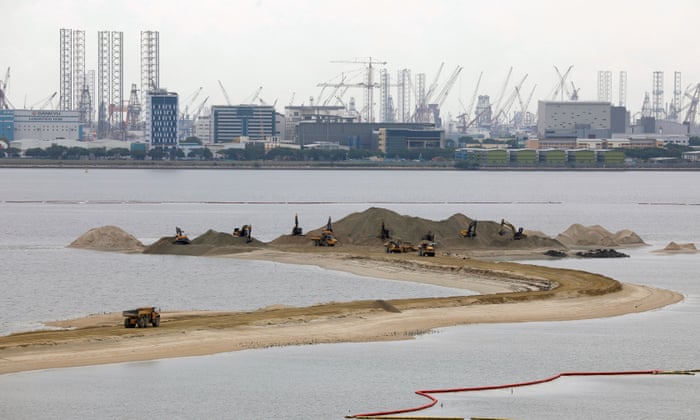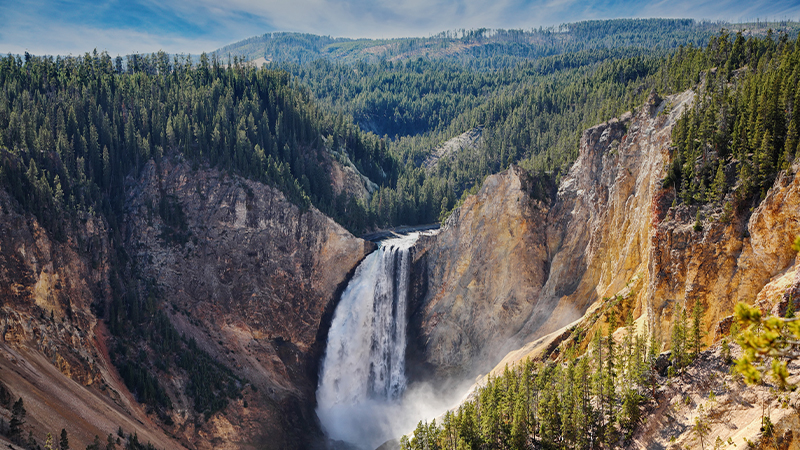| Senators Bernie Sanders and Elizabeth Warren at yesterday's debate bostonglobe.com |
Hello Everyone:
It is Wednesday time for Blogger Candidate Forum. Today we get attempt to answer the question posed to the candidates at yesterday evening's Democratic candidate debate: Can a woman beat the president? Before we head down that road, an impeachment update. Speaker of the House of Representatives Nancy Pelosi (D-CA) announced that she has finally transmitted the articles of impeachment to the Senate and the appointment of managers who will argue the case, present evidence (if allowed), and cross examine witnesses (if allowed). Meanwhile, a small group of moderate Republican senators are asking Senate Majority Leader Mitch McConnell to allow witnesses and evidence, something he has been hesitant to do. Leader McConnell announced that he has the votes to start the trial, scheduled for next Wednesday. The Candidate Forum will keep you posted on developments. Onward.
 |
| grabien.com |
Can a woman candidate beat the incumbent Mr. Donald Trump? This was the big question at yesterday evening's candidate debate in Des Moines, Iowa. This question was first asked in 2016, when it became obvious that former Secretary of State Hillary Clinton would be the Democratic standard bearer in the general election. Now, that question is being asked again in context to Senator Elizabeth Warren's front runner status. What spurred the topic is a couple of disturbing reports affecting fellow front runner Senator Bernie Sanders' (I-VT) campaign. First, the report that volunteers are being trained to belittle the Lady from Massachusetts and second, a statement from the Warren campaign that referred to a meeting the candidates had a year ago. During the meeting, one of the subjects discussed was whether a female candidate could beat Mr. Trump? According to the Warren campaign, the Gentleman from Vermont disagreed. For the record, the Gentleman from Vermont has denied, adding that he always supported the idea of a female candidate taking on the president. So, can a woman beat the president? Shall we discuss.
 |
| Senator Elizabeth Warren nytimes.com |
Look, don't deny that the question is there,... Back in the 1960s people asked, 'Could a Catholic win?' Back in 2008, people asked if an African American could win. In both times, the Democratic Party stepped up and said yes. (Ibid)
The timing of the question comes at a time, less than three before the Iowa caucus, two men are leading the poll: former Vice President Joe Biden (D-DE) and the Gentleman from Vermont top the polls; in some polls former South Bend, Indiana Mayor Peter Buttigieg (Boot/edge/edge) is among the leaders. The Lady from Massachusetts has since faded, the once promising campaigns of Senators Kamala Harris (D-CA) and Senator Gillibrand (D-NY) have folded; author Marianne Williamson's campaign was always a non-starter and Hawai'i Representative Tulsi Gabbard is still, for reasons unknown to anyone, running for president. The only other viable female candidate, Minnesota Democratic Senator Amy Klobuchar (Clo/ba/shar). Although Secretary Clinton's loss was a complete shock to the electoral sense, it did inspire more women to enter politics, resulting in a record number of Democratic female freshman members of Congress. Perhaps the time is right to seriously consider the fact that a woman can beat Mr. Trump.
 |
| Senators Elizabeth Warren and Amy Klobucher (D-MN) nytimes.com |
Consider this, technically a woman did beat the president. Secretary Clinton did win the popular vote but the only vote that really counted was the Electoral College vote. However, every time a woman's name is mentioned as potential Democratic candidate for the November 3, 2020 general election, we go right back to the question: Can a woman beat Mr. Trump? Stephanie Schriock, the president of Emily's List, a group focused on getting Democratic women who support abortion rights elected, spoke to The Washington Post,
We keep getting stuck in the 'Yeah, but, can a woman beat Trump?'... We've been, for 12 month, looking at electability in a really narrow way, and it's caused a huge amount of problems in this primary (Ibid)
Candidate Forum pro tip: get over yourselves. You will never ever find a woman that ticks off all the electability. Focus on what they have to say.
 |
| July 2019 fivethirtyeight.com |
While voters are open to the idea of a female candidate taking on the incumbent in the general elections--November 3, 2020--actually supporting a female candidate is a fraught decision. We know the president is a racist, sexist, bully with a very bad Twitter habit, but many wonder if the best choice to take him on is a man. For women voters, supporting a female candidate is not an automatic thing. Marilyn Kean, an elderly Sanders supporter from Wilton, Iowa, told The Post,
Because I'm a woman, I suppose I should be wanting [Warren], but I'm not voting for her because she's a woman...Too many men that don't want women there (Ibid)
There in lies part of the problem, men in positions of power not wanting a woman or a person of color sitting in the big chair, making the decisions. Call it what it is, institutional racism and sexism. Regardless, this is a pivotal moment for both the Warren and Sanders campaigns.
 |
| Just not her or her or her inquirer.com |
For Senator Warren this is the opportunity to tackle head-on the cloud that has hovered over the primary--"the misplaced fer among some voters that after Clinton's 2016 loss, the party would be taking a risk if it nominated a woman again" (motherjones.com: date accessed Jan. 15, 2020). At a town hall in April 2019, the Lady from Massachusetts was asked about the prospect of getting "Hillary'd" (cnn.com; May 9, 2019; date accesed Jan. 15, 2020). In July, the New York Times reported
Privately, Democratic strategists, candidates and officials say they've been alarmed by how deeply doubts about female electability have taken hold (nytimes.com; July 3, 2019; date accessed Jan. 15, 2020).
Voters still doubt that a female candidate can beat Mr. Donald Trump but at some point, they will have to decide for themselves if they want to take another chance on a female candidate. Senators Elizabeth Warren and Amy Klobuchar are certainly making good cases for themselves. The Lady from Massachusetts made a good point yesterday evening when she said that the majority of voters in 2008 were willing to take a chance on an African American. What she failed to mention is that President Barack Obama ran an excellent ground campaign and knew how to connect with the audience. What
hurt Secretary Hillary Clinton was her inability to connect with the crowd and not spending any time in battleground states like: Wisconsin, Michigan, and Ohio. The question for you, dear informed voters, is are you willing to stop insisting on the absolute perfect candidate?
/cdn.vox-cdn.com/uploads/chorus_image/image/66063681/GettyImages_1197451354.0.jpg)



